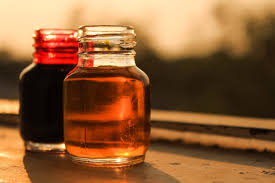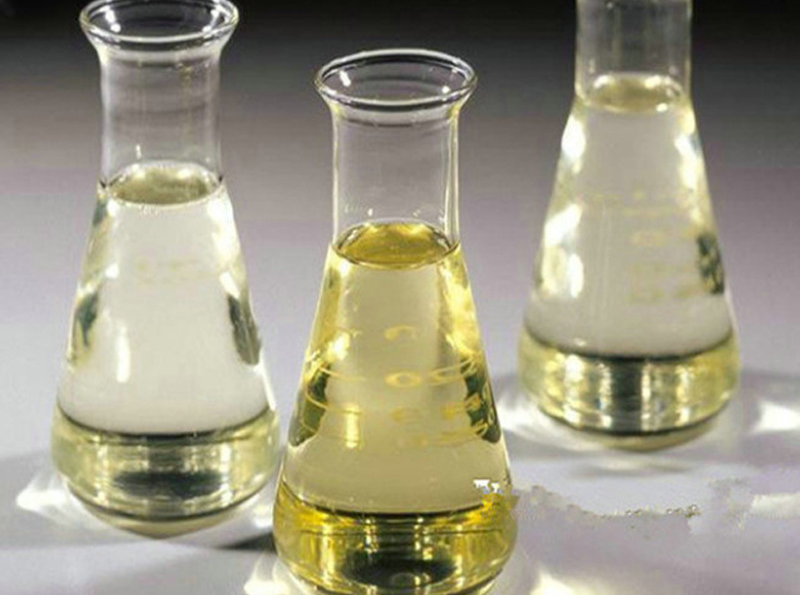**The Unsung Heroes in Your Lungs: Meet the Surfactant Super-Producers!**
(What Type Of Alveolar Cell Produces Surfactant?)
Ever take a deep, satisfying breath? That simple act relies on millions of tiny air sacs deep inside your lungs. We call them alveoli. Picture millions of microscopic bubbles clustered together. This is where the vital swap happens. Oxygen enters your blood. Carbon dioxide leaves it. For this to work smoothly, these delicate sacs need to stay open. They need to inflate easily with each breath. Collapsing would be a disaster. So what keeps them stable? Enter the superstar substance: surfactant.
Surfactant is like a magical soap for your lungs. It coats the inside surface of each alveolus. Its job is crucial. It dramatically lowers the surface tension of the water layer lining the sacs. Think of surface tension like the skin on a droplet of water. It makes water bead up. Inside your lungs, high surface tension would make those tiny air sacs want to collapse inward. It would be incredibly hard to inflate them. Surfactant acts like a detergent. It breaks that tension. It lets the alveoli inflate easily. It prevents them from sticking shut when you breathe out. Without it, breathing would be a massive, exhausting effort. Newborn babies struggling to breathe often lack enough surfactant.
But who makes this lifesaving lung soap? The credit goes to one specific type of cell living right there in the alveolar walls. These cells are the Type II Alveolar Cells, also known as Type II Pneumocytes. They are the unsung heroes, the dedicated factories producing surfactant around the clock.
Type II cells are scattered among their more numerous neighbors, the Type I Alveolar Cells. Type I cells form the very thin walls of the alveoli. They let gases pass easily. Type II cells look different. They are plumper, cube-shaped cells. Their job isn’t gas exchange. Their job is production and protection. Inside these specialized cells, you find unique structures called lamellar bodies. Picture these as little storage units or packets. They are packed full of the raw ingredients for surfactant – phospholipids, proteins, and other fats.
The Type II cells work tirelessly. They manufacture the surfactant components. They assemble them inside those lamellar bodies. Then, when needed, they secrete this precious cargo directly onto the inner surface of the alveoli. It’s a continuous process. The surfactant layer needs constant renewal. It gets used up. It breaks down. The Type II cells keep making more. They are the lung’s own essential maintenance crew.
These cells are amazing multitaskers too. Besides producing surfactant, Type II cells play another critical role. They can divide and multiply. This is vital. If the delicate Type I cells get damaged, Type II cells step up. They can transform into new Type I cells. They help repair the delicate lining of the air sacs. They are truly indispensable for lung health and function.
(What Type Of Alveolar Cell Produces Surfactant?)
So next time you breathe easily, remember the tiny powerhouses working silently inside you. Thank the Type II Alveolar Cells. They are the master producers, the guardians of that vital lung soap. They keep your alveoli open and your breathing effortless. They are the surfactant super-producers, fundamental to every single breath you take. Their constant work ensures those millions of tiny bubbles stay open for business.
Inquiry us
if you want to want to know more, please feel free to contact us. (nanotrun@yahoo.com)




